Dacey and Adams-McGill Reservoirs
Wayne E. Kirch Wildlife Management Area
(map link)
The Wayne E. Kirch Wildlife Management Area boasts numerous habitats, each attracting a different collection of birds and animals. The open water of the reservoirs both deep and shallow, tule choked waters, periodically flooded lands, shoreline, and surrounding scrub can all have their adherents depending on the season. Some pass through and some nest. I set out to test again if there was really no hiking (as indicated by the Ely District Recreation Opportunity Guide that Ely District BLM prints, but does not seem to make available in electronic form) in the Kirch WMA with a planned triangle of large reservoir visits. Again, I simply started in the campground. The tall cottonwoods planted there don't seem to be mentioned as a habitat, but they do attract their own set of birds.
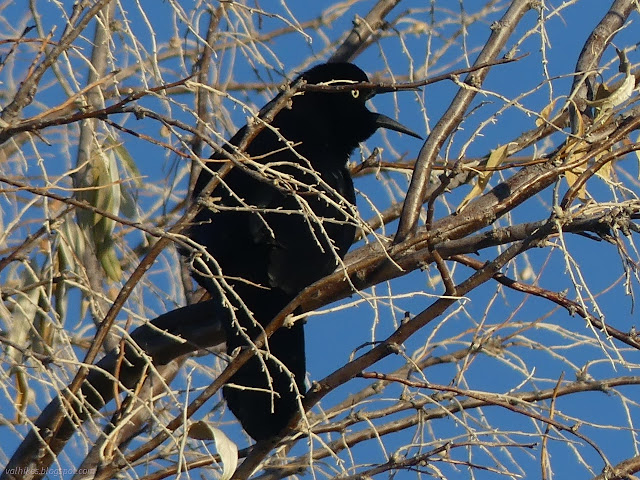
I headed out of the campground and down the road. Habitat: scrub brush. Little birds flitter along through it, pausing at the tops, and then continuing on their way.
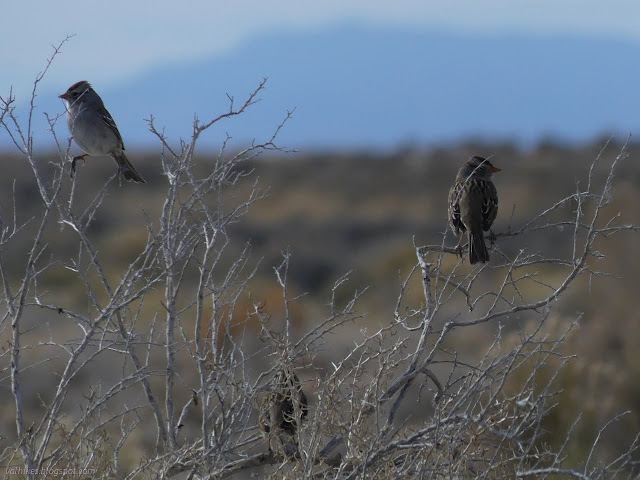
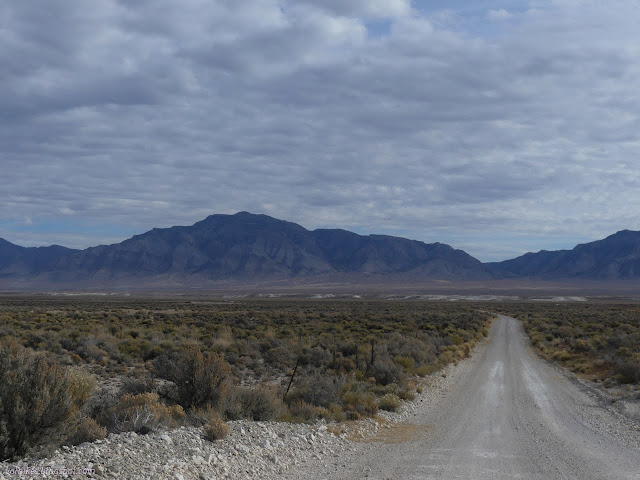
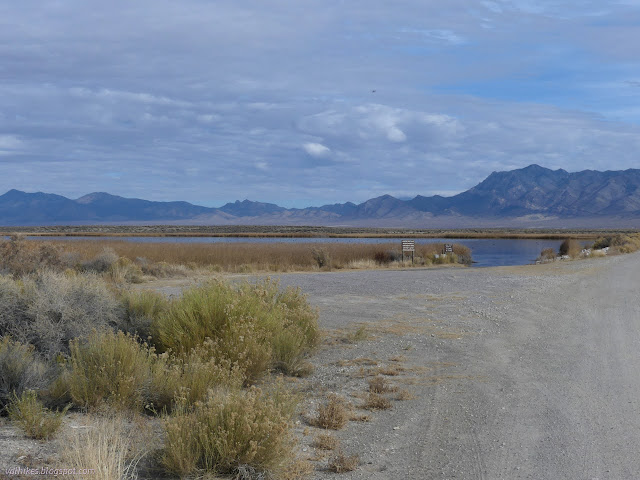
I was surprised to find water flowing under the road and through a ditch. It comes in from Hot Creek and produces a bit of a marshy area north of the parking west of Dacey Dam. It made travel along that side unattractive.
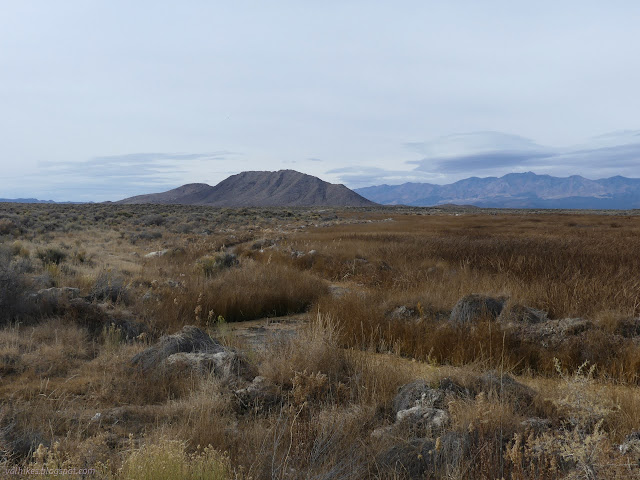
I came upon the Dacey Reservoir and came upon a whole lot of American coot. Habitat: open water. The brochure indicates which areas are shallow and deep for the different birds those attract. The coot got to scooting away as fast as they can, quickly deciding to turn the water into a runway instead of a glideway. They were not happy at all to see a human.
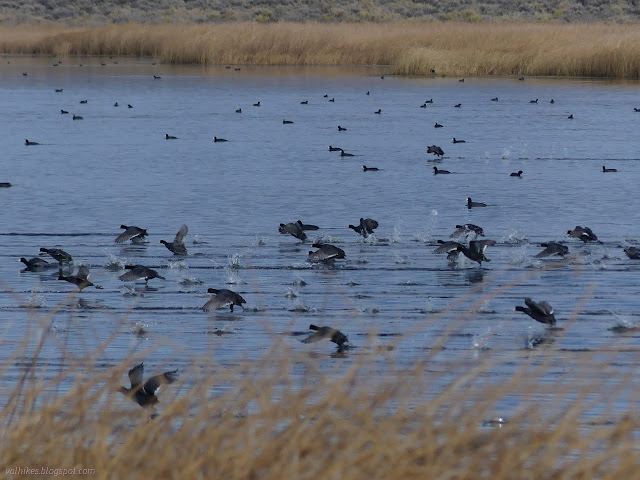
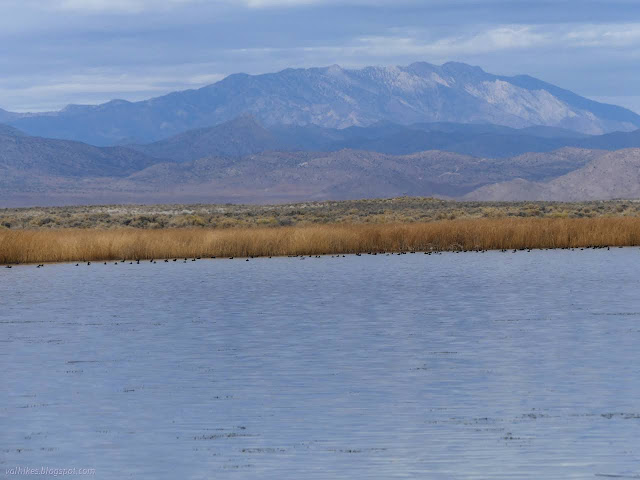
With all the birds clustering to the far edges of the reservoir, I turned my attention to the noises in the sky. Clumps of birds pass by, presumably continuing on their way to their overwintering spots. Or they just want a different water for now.

Gradually the birds came back, but not very quickly. Knowing that they couldn't all be coots, I tried to pick out the birds that didn't match.
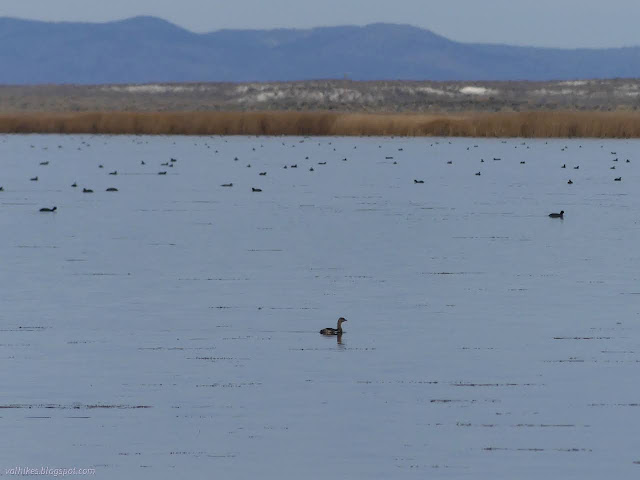
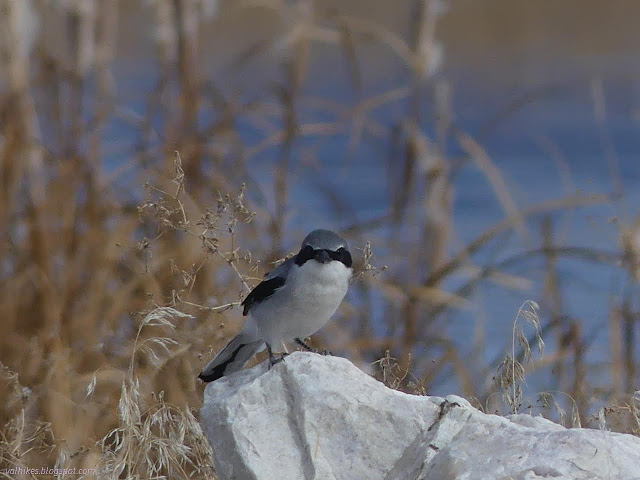
I turned away and continued along the dam. The east side of the reservoir is a bit more attractive for walking, but it was occupied by weed spraying this day. I turned to cross over to the Adams-McGill Reservoir. There's a gated road, locked up tight, but with a little V to slide through off to the left if you are on foot. I slid through and headed south with a heron flying overhead. The first birds I saw at the next reservoir were new.
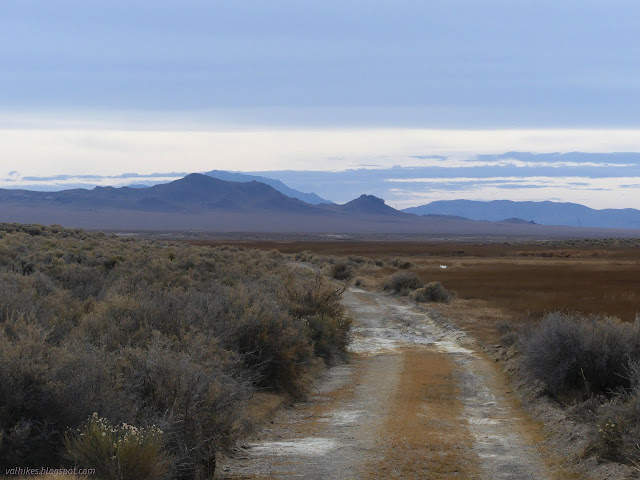



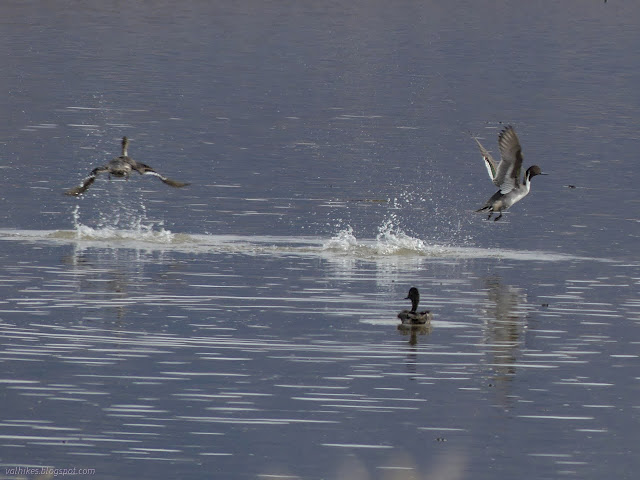
There's a tiny hill that I climbed for a little more view of the reservoir, not that it got me much.

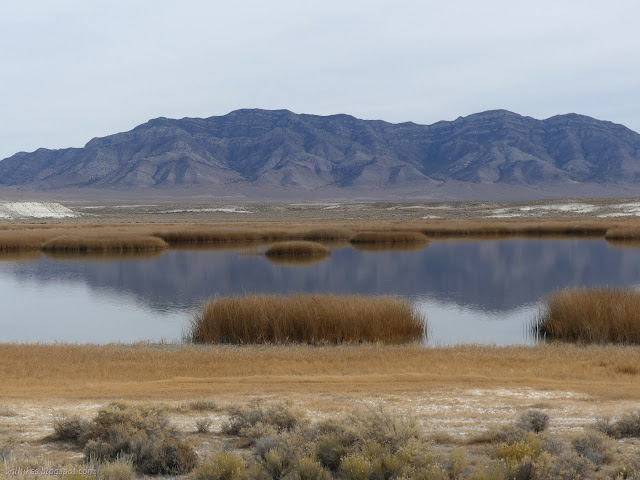
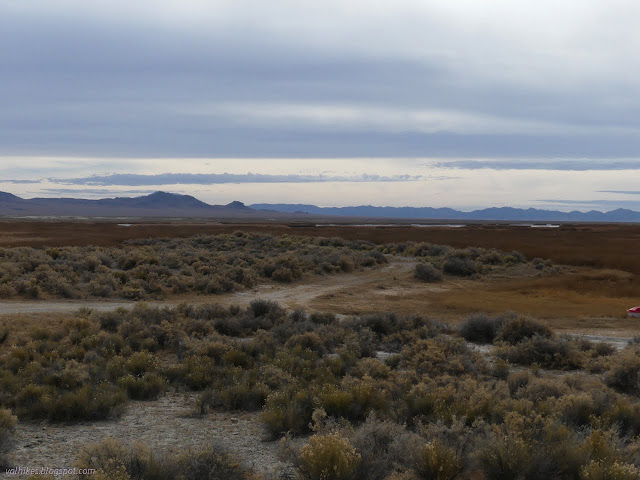
There's old road heading north and south along the edge of the reservoir, but it doesn't get used very far except by walkers. I headed north shortly.

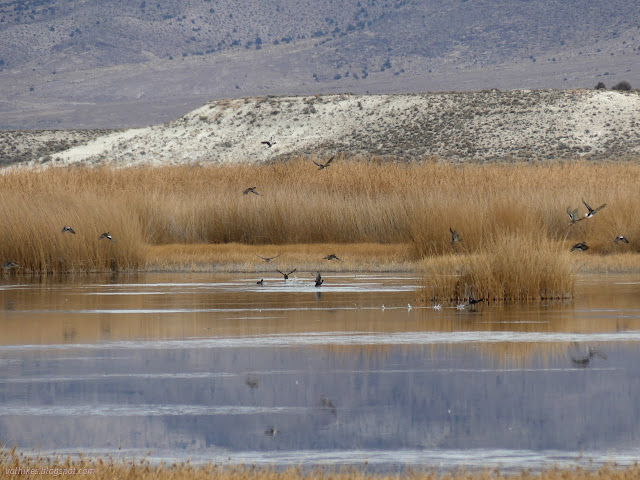
No one wants to be seen! Admittedly, there was a small boat wandering around the water downstream making these loud noises from time to time. Maybe they had good reason to stay out of sight. I turned to follow the road toward the dam instead.
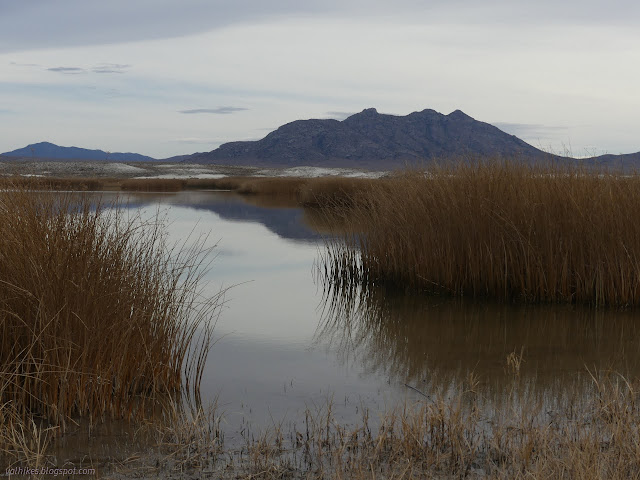

The route stays high on a dike between the reservoir and the Lower Dacey Slough, part of a marshy area between the two reservoirs. The "slough" is full of cattails and a few hiding birds.
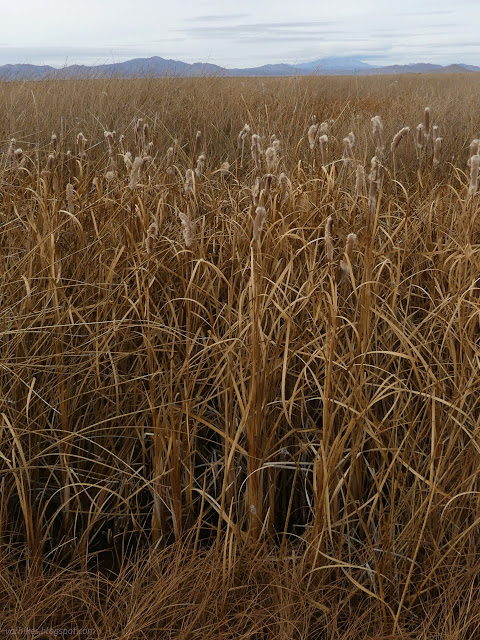


The old road gets more distant as it goes, which doesn't help with getting the photographs.
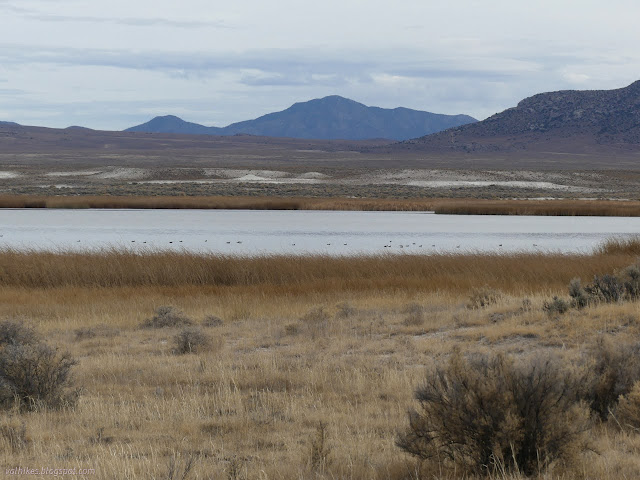
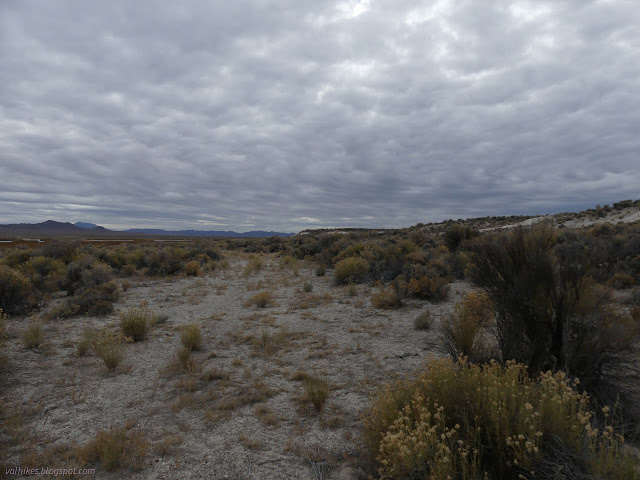
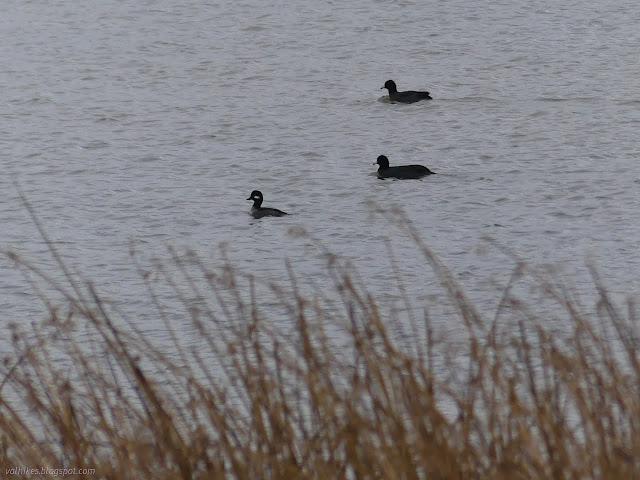
A gate and a sign prevent anyone from using that road now even though it is marked as road on the map in the area brochure. Well, the gate does. The hunters were parked in the middle of the boat launch with no regard for the sign saying they should leave it clear for others to use. I rounded the bathroom and launch and parking and continued along the dam.
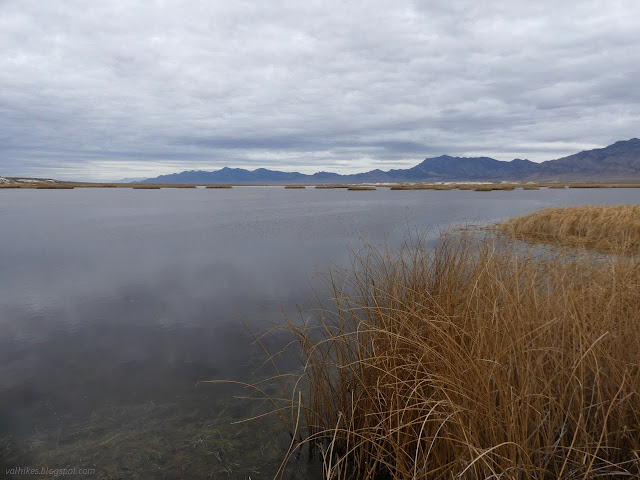
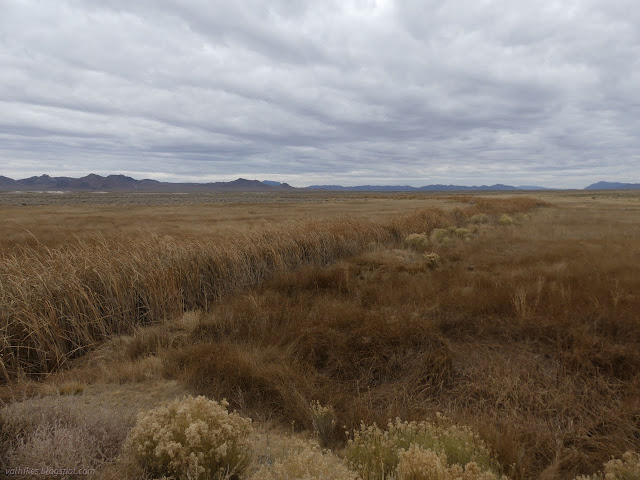
It was along the dam that I finally saw a shore bird. A very swift little shore bird. Unfortunately for it, I really wanted a picture and paced that dam to try to get one. It really wanted to zoom away.
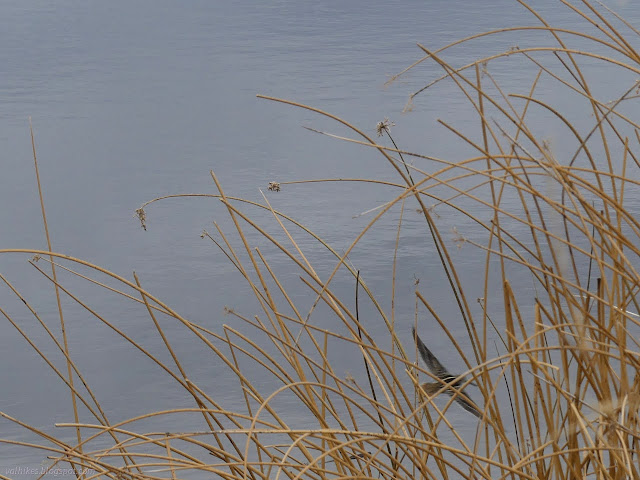
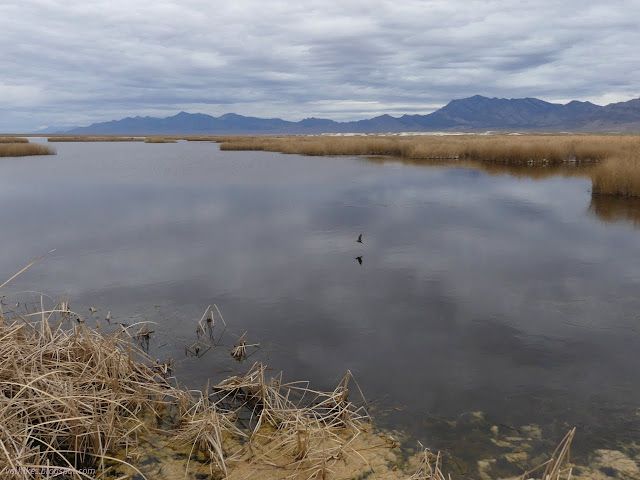
I decided whatever my pictures were like would have to be good enough and turned to follow the good road back to camp.
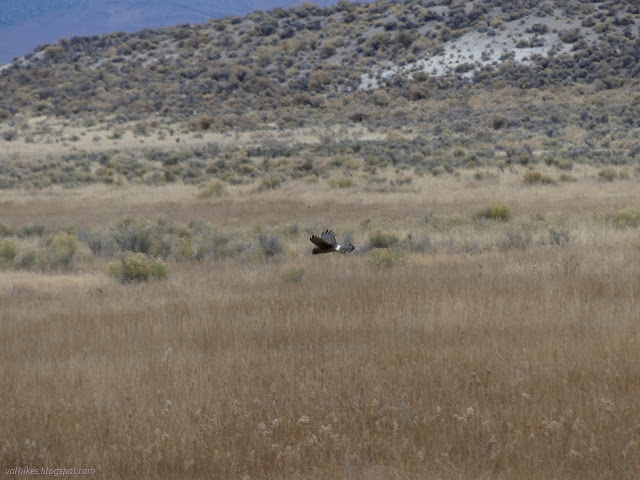

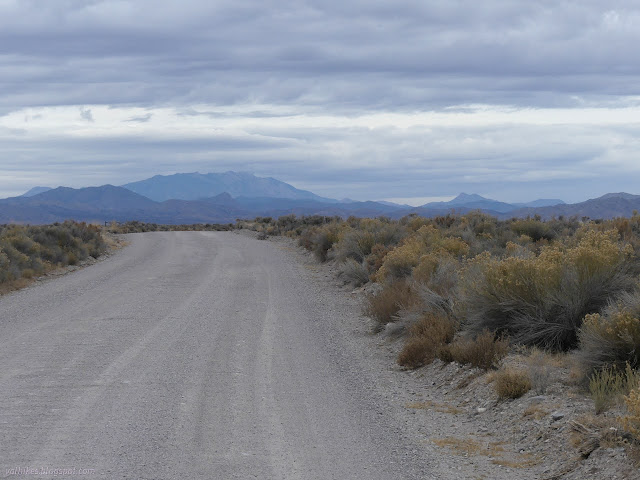
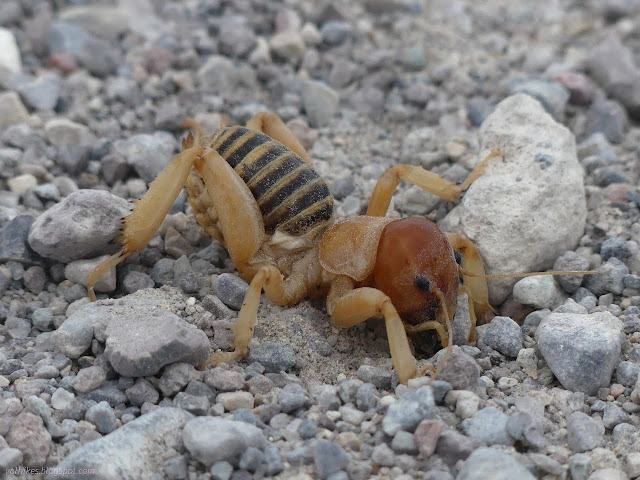

*photo album*
©2023,2024 Valerie Norton
Written 14 Jan 2024
Liked this? Interesting? Click the three bars at the top left for the menu to read more or subscribe!





Comments